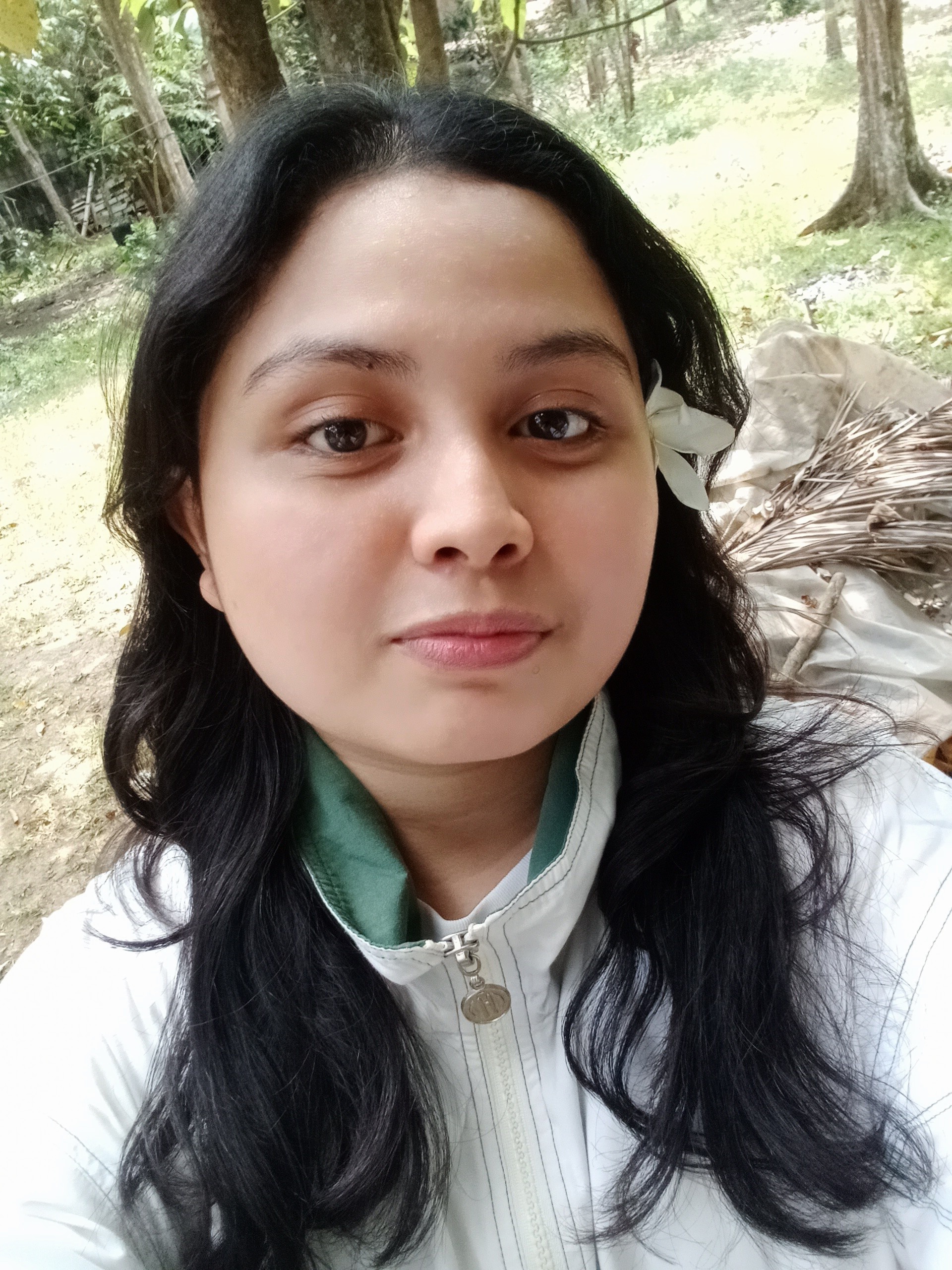Again
Cards (48)
- What is the process called when a cell divides to form two new cells?
- Why do living things need to produce more cells?
- What is the original cell before division called?
- What happens to a cell's DNA before it divides?
- What are the new cells formed after cellular division called?
- How do daughter cells compare to parent cells?
- What type of reproduction do unicellular organisms like bacteria use?
- What is binary fission?
- What is the haploid number of chromosomes in sex cells?
- What is the role of the acrosome in sperm cells?
- What are somatic cells?
- What type of cell division do somatic cells undergo?
- What is the structure of DNA in a non-dividing cell called?
- Why does DNA change from chromatin to chromosome during cell division?
- What is the primary constriction of a chromosome called?
- What is the function of cohesin at the centromere?
- What are the types of chromosomes based on their centromere position?
- What is the role of DNA polymerase during DNA replication?
- What are Okazaki fragments?
- What is the function of DNA ligase?
- What is the cell cycle sequence?
- What happens to cells when they become old or damaged?
- What are benign tumors?
- What is cancer?
- What is the longest stage in meiosis?
- What occurs during crossing over in meiosis?
- What is the result of meiosis?
- What is the role of spindle fibers during cell division?
- What is the term for the division of the cytoplasm after mitosis?
- How do cytokinesis differ in animal and plant cells?
- What is the significance of the synaptonemal complex during meiosis?
- What is the term for the physical connection point between homologous chromosomes during crossing over?
- What happens during anaphase I of meiosis?
- What is the outcome of telophase I in meiosis?
- What is the role of the nuclear membrane during telophase I?
- What is the significance of the bivalent structure during meiosis?
- What is the term for the pairing of homologous chromosomes during meiosis?
- What is the function of the kinetochore?
- What is the role of cohesin during meiosis?
- What is the term for the process of chromosome condensation?
